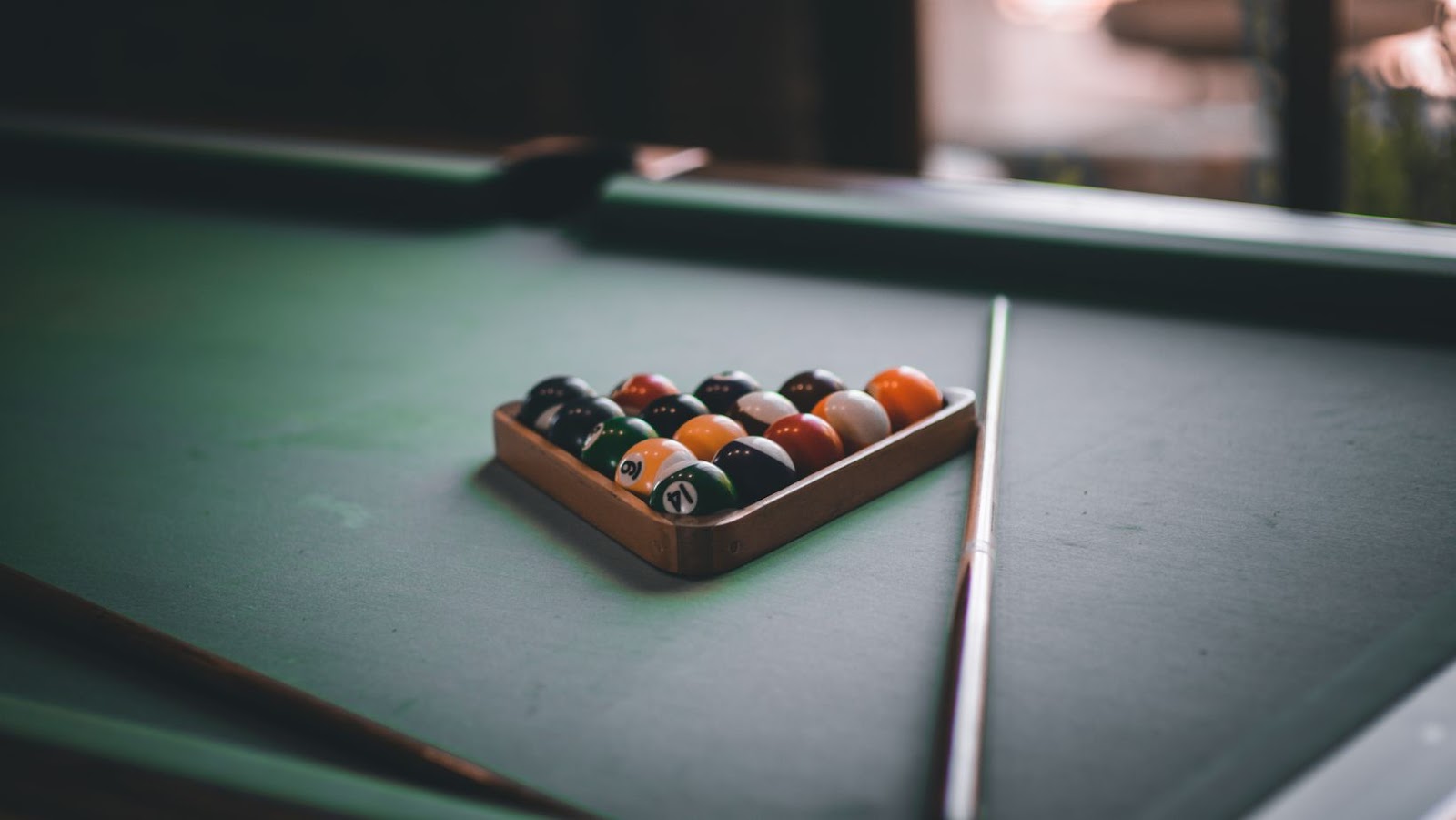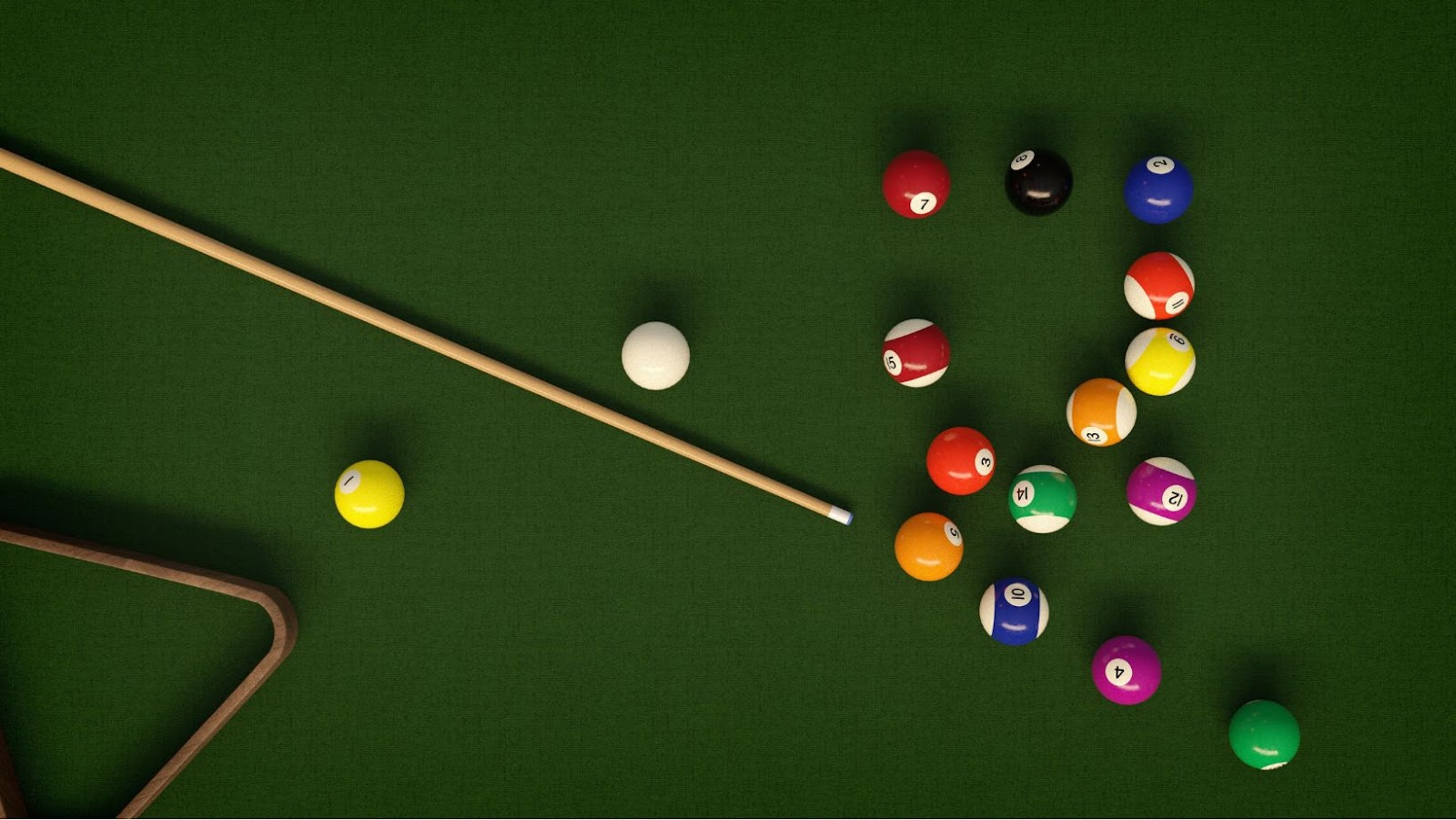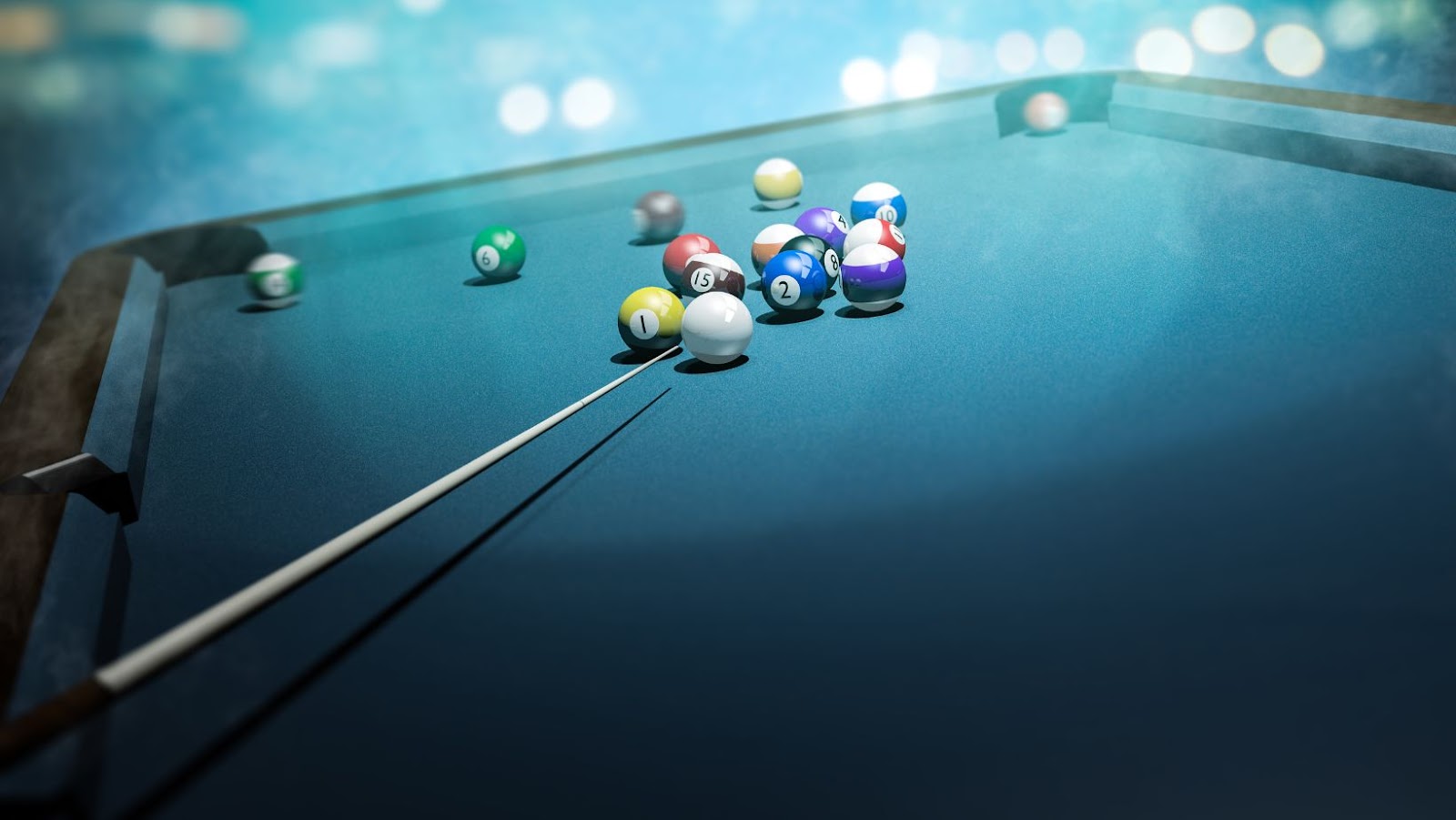Are you interested in billiards and wondering how billiard balls are made? Finding the right ball set for your games can be a challenge, but understanding their construction helps you make an informed decision.
Let’s explore the process of how billiard balls are made, from stringent quality control down to the signature designs that adorn each one.
How are Billiard Balls Made
Billiard balls are made of a variety of materials, the most common of which is phenolic resin. Phenolic resin is a durable material that was developed in the late 19th century as a replacement for ivory in billiard balls. It can be formed and cast into virtually any shape and does not shatter or crack easily, making it ideal for billiards.
Other materials used for making billiard balls include clay, synthetics (such as those used in golf balls) and wood. In addition to these materials, the production process also includes painting, polishing and buffing the balls to obtain their iconic glossy finish.
In order to create perfectly balanced and round balls with consistent weights and shapes, manufacturers employ a variety of advanced technologies such as 3D printing and computer-controlled lathes. Finally, each ball must be tested for consistency before being sent off to retailers.
Materials Used
The materials typically used to make billiard balls are polyester, phenolic resin, or polyester-phenolic blends. Polyester offers superior durability and is used in the majority of billiard ball sets. Phenolic resin is a hard type of plastic used in some very high quality tournament and international play sets. For a combination of the best features from both materials, polyester-phenolic blend balls are angled more on the phenolic side for better control when playing.
The main difference between materials lies in their hardness—which determines their ability to react to impact during play. An ideal ball set should feature uniform size and weight across all balls and the same level of hardness so that players can accurately predict outcomes each time they shoot during a game.
The Manufacturing Process
Billiard balls are carefully crafted using a variety of materials and processes. In general, the process to produce billiard balls is precise and complex. To understand how billiard balls are made, let’s take a look at the manufacturing process.
The billiard ball production begins with the creation of the inner core. The inner core needs to have a precise weight, size and circumference so that it is regulated by international standards for sporting equipment. The inner core is usually made from phenol formaldehyde plastic granules which are heated until they form small pellets with precise dimensions and tolerances for density. The finished pellets are hand weighed and then checked for variations in size before being allowed into the production line for further processing.

When the cores have been inspected and approved, plastic sheets that will form the shells of each ball are cut from PVC sheeting to size and shape in preparation for assembly. The shells are vacuumed-pressed to ensure tight seals around their edges before being filled with white pigment powder, nitrogen gas or air depending on their intended purpose as either an Aramith billiard cue ball which uses air pressure or an Aramith pool cue ball which utilizes both nitrogen gas pressure and pigment powder coloring.
Once they have been filled and checked they proceed along the line where each one has its manufacturer’s logo stamped onto its surface using an automated process that engraves text into the material at very high speeds while ensuring precision accuracy to identify them, before receiving a protective coating to improve durability against corrosion or accidental damage during active play sessions on a standard pool table setup with eight pockets surrounding it in accordance with international rules stated by both local sports authorities as well as professional level competitors registered in competitive leagues worldwide amongst other structured gameplays such as nine-ball or snooker configurations calls for specific distances around it for more accurate shot placements alongside safety guidelines measurements standards.
Quality Control
An important step in ensuring that billiard balls are made to the highest quality standards is thorough quality control. It begins with a thorough inspection of the raw materials used to make the balls. These include polyester and phenolic mixes, polyester shells, and other combinations. Before they can be used, all these materials must meet specific requirements in terms of strength and uniformity.
The second part of quality control involves monitoring every stage of production to ensure that the finished product meets stringent standards for size, weight, surface finish, color accuracy, ball rebound power (i.e., how far each ball will travel given a certain force), and roundness or symmetry (which affects ball travel angles or angles during an applicable shot).
Quality control also includes random sampling processes to check for functional flaws like deformed pockets from unnecessary pocket molding pressure or irregularities in material makeup from improper mixing ratios. Ball movement tests are also often conducted to check them against recognized templates developed by professional pool players as well as experienced game room operators.
Finishing Touches
The finishing touches on the billiard ball are where the artistry and workmanship of a master craftsman come in to play. Applying prime coats of paint, coordinating detailed designs and accurate color patterns, as well as other finishing details are all crucial when producing high-quality billiard balls. The principle behind this step is simple: once the paint primer is applied, color coats can then be added. Usually up to four times for each color and successive drying is done in between each coat to ensure a smooth finish. A painting mask can also be used if intricate designs or patterns are desired, so that multiple colors can be laid down cleanly and uniformly.
After all of the coats of paint have been applied, a topcoat gloss is usually added for extra protection against scuffs or scratches that may occur during normal play. This final stage allows craftspeople to create unique visuals with embossed logos or symbols to truly set your table apart from ordinary stock tables found in most commercial pool halls. It takes skillful attention to detail and expertise to produce such flawless high-quality billiard balls that live up to strict manufacturing standards — a process which takes time and patience but yields gratifying results worth every bit of effort put into it!
Benefits of Billiard Balls
A bit of history and science are behind the structure, composition and design of billiard balls. The game of billiards is said to have started even before the 17th century and many changes have been made to the game since then. However, artisans continue to manufacture game balls with a few basic materials—mainly ivory, clay or plastic derivatives —that give them a characteristic weight, shape, texture and resistance to impacts.
The use of natural ivory has decreased over time due to environmental regulations, so billiard balls are now generally formed from plastics that are comfortable and offer advancements in durability. These synthetic materials have been designed with state-of-the-art manufacturing techniques while still maintaining the desired characteristics in terms of reflectivity and weight.
Thanks to the high-quality material used in their construction and modern production methods, today’s billiard balls can last much longer than their former ivory counterparts could. This results in greater cost-efficiency for all enthusiasts who enjoy this classic game. Whether they’re being used for competitive play at tournaments or leisurely sessions among friends, modern billiard balls will help keep your favorite pastime rolling!
Maintenance Tips
Maintaining your pool table is essential wood and cloth may be damaged or ruined by moisture or other environmental factors. Here are some tips to remember when taking proper care of your pool table:
-Surface Maintenance: It is important to regularly clean the playing surface of the table. A vacuum should be used to remove any dirt and foreign particles that can interfere with the balls’ trajectory. Specialized solutions should also be used for better cleaning results.
-Check the Rails: The rails along the sides of the table should be wiped down with a damp cloth and then dried completely. This helps keep dirt from accumulating within cracks along the surface, which can interfere with ball movement.
-Replace Felt: The felt on top of a pool table should be replaced after two to three years of use, depending on how often it is being utilized and under what conditions it is stored. Fading, fraying or discoloration are good indicators that new felt is needed.
-Polish Wood Surfaces: The wood surfaces, including legs and frames, must be polished after cleanings so they maintain their luster and shine. It also serves as a protective measure against moisture damage.
-Check Levelness: It’s important to periodically check that your pool table remains level; this preserves accuracy when in use and minimizes wear on specific areas due to frequent use in certain spots over time which would otherwise unbalance playability on one side of the pool table than another side.

In conclusion, billiard balls are made from a variety of materials, depending on the type and style of ball. An ABS plastic core is covered with a clay or resin material which is then painted with various colors to distinguish the balls. These materials ensure that the balls remain durable for long-term and professional play.
The process itself is quite complicated; it requires special tools to achieve even compression and accuracy for each ball. Thus, players should be sure to use only official billiard balls when playing any game, as these have been tested for quality and consistency.




No Comment! Be the first one.